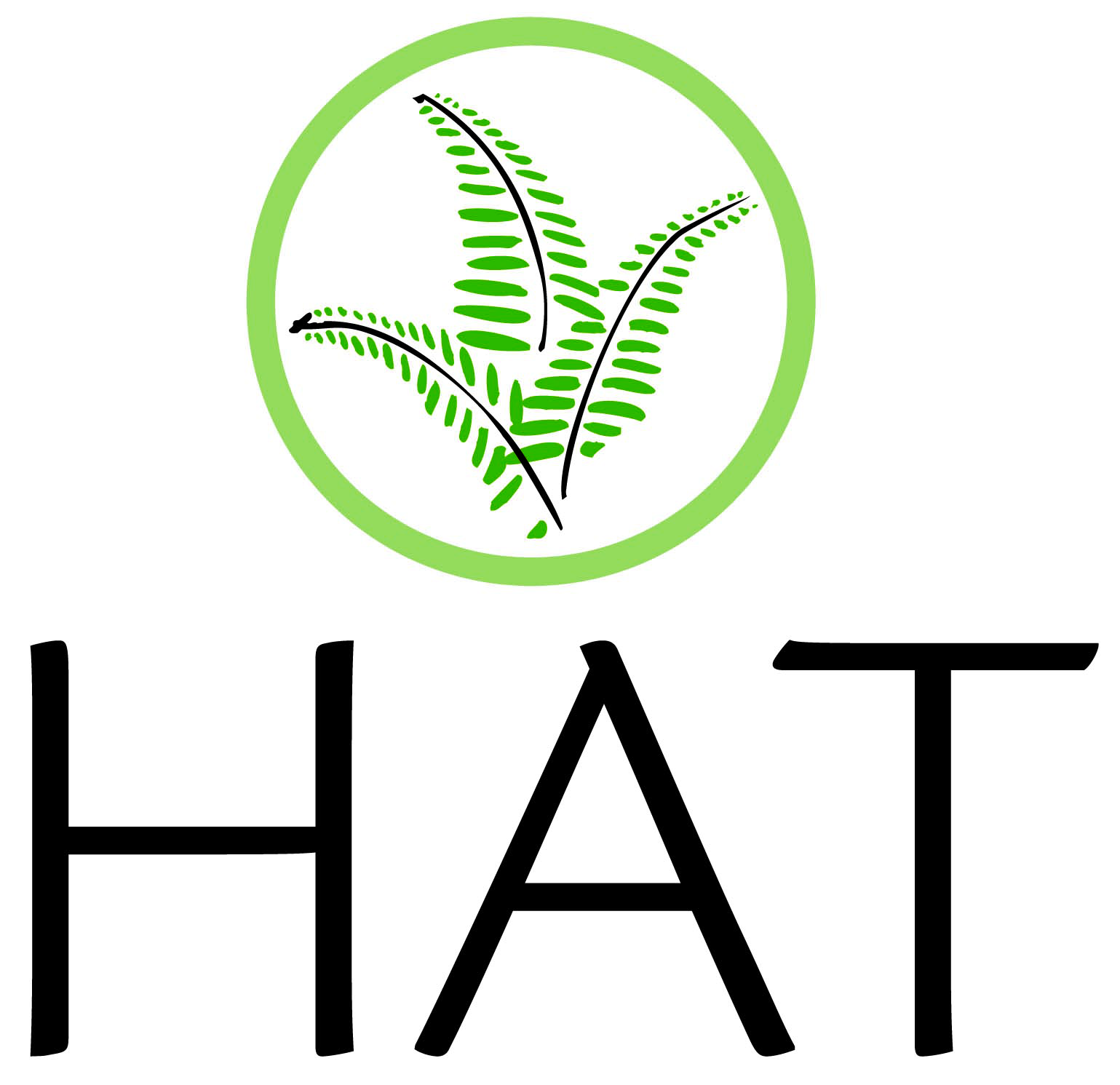Grow Hope Restore Nature
Registered Name: HABITAT ACQUISITION TRUST
Business No: 889626545RR0001
This organization is designated by Canada Revenue Agency (CRA) as a registered charity. They comply with the CRA's requirements and have been issued a charitable registration number.
This charity is fully set up with CanadaHelps, allowing for faster donation processing and access to more features
Grow Hope - Restore Nature
A Field Fundraiser for Meaningful Employment in Conservation
This initiative is about creating meaningful employment for youth in conservation. HAT has hired 5 young people, including LGBTQIA+ and BIPOC folks, to learn skills and conduct ecological restoration at 30 endangered prairie-oak ecosystems across the south island and gulf islands. HAT is offering our supporter community the opportunity to support this work directly.
HAT aims to raise $60,000 this field season to fund the incoming dedicated field crew members who will continue this important stewardship throughout the region.
- $25 can support the planting of 5 native plants like Fawn Lily
- $50 can support a new pair of loppers for the crew to remove invasive plants
- $200 can support the crew for 1 hour of restoration
- $1500 supports a full day of crew restoration
“This collaborative pilot project aims to provide skills-based employment with a Living Wage and much-needed stewardship of the disappearing meadows across this island and the gulf islands. It is in partnership with nonprofits and community groups that do not have the capacity to hire, train, and coordinate their own field crews,” said Max Mitchell, Habitat Restoration Coordinator for HAT. One field crew member from 2023 provided an in-depth reflection on the HAT blog here.
Half of the funding is being provided by Environment and Climate Change Canada, but there are still opportunities to support this work. Part of ECCC’s mission to increase community participation in conservation, programs like this rely on “match funding,” giving HAT the chance to invite individual and group partners into the project to help cover the cost of expenses including training, transportation, and restoration specialist expertise to guide the work.
Community participation and support is especially exciting given these ecosystems' importance to the region.
These prairie-oak meadows are also known as Garry Oak (Quercus garryana) ecosystems. In Coast Salish territories, native oaks are the primary tree these ecosystems host, along with over 100 species of birds, pollinators, mammals, and plants that depend on these habitats and are at risk of extinction. The Garry Oak Ecosystem Recovery Team (GOERT) reports that only 1 to 5% of these ecosystems remain in the region compared to 200 years ago before colonization.
“Over 95% of these meadows have been wiped out from land conversion to agriculture, industry or housing, as well as the suppression of Indigenous land management practices like cultivation or controlled burning, and dispossession of land from the W̱SÁNEĆ and lək̓ʷəŋən peoples.” said Paige Erickson-McGee, Program Manager at HAT. “These meadows are livelihood, culture, tradition, family, language, responsibility, so much more. The plants carefully tended and cultivated in these meadows were the staple food and trade source for many Coast Salish families. Just isolated pockets of these culturally important meadow-gardens are left, and every community member can be part of the solution.”
Integral to HAT’s work in prairie-oak ecosystems are the ongoing relationships with Indigenous communities working in this space. HAT is grateful for its ongoing capacity-adding partnerships with Indigenous-led initiatives, including the lək̓ʷəŋən Community Toolshed, Stewards of Sc’ianew Society, ̱WS͸ḴEM Ivy Project, and PEPÁḴEṈ HÁUTW̱.
Part of these initiatives include hosting volunteer restoration events, and more events are coming in 2024. These events provide opportunity for community members to get involved in reciprocal, on-the-land stewardship work, contextualized by Indigenous ways of knowing and relating to the land and an awareness of the impacts of settler colonialism on these ecosystems. The W̱S͸ḴEM Ivy Project led by Sarah Jim runs monthly community restoration events hosting up to 80 attendees at a time.
“The WS͸ḴEM Ivy Project is an Indigenous-led initiative that strives to heal traditional territory to restore the ecosystem and community relationships,” says W̱SÁNEĆ artist Sarah Jim who leads the W̱S͸ḴEM Ivy Project. “The partnership between the WS͸ḴEM Ivy Project and Habitat Acquisition Trust has been invaluable as these projects lift each other up and work towards the common goal of healing the land in a good way.”
Other partnerships include three long-running volunteer stewardship groups: the Matson Mattocks in Esquimalt, the Friends of Havenwood Park in Colwood, the newly formed the Friends of Oak Haven Park in Central Saanich. All three groups run regular work parties that are looking for volunteers.
“We are so grateful for the dedicated and enthusiastic volunteers and field crew who make this work possible,” says Julianna Laposa-Wilde, Wildlife Stewardship Coordinator at HAT. “It helps us continue to support wildlife across the region.”
THE STATS:
-
Volunteers donated a total of 4090 hours toward stewardship and restoration;
-
HAT worked with 5 Indigenous-led stewardship initiatives;
-
HAT staff and volunteers planted over 1600 native plants;
-
Over 110,000 square meters of prairie-oak habitat underwent invasive plant removal;
-
115 sites visited across program areas;
-
803 volunteers supporting HAT’s programs;
This work would not have been possible without countless volunteer hours, partnerships, community involvement, and donations. If you missed the chance to support this project last year, you don’t want to miss another chance!
HAT aims to raise $60,000 this field season to fund the incoming dedicated field crew members who will continue this important stewardship throughout the region.
If you have the capacity to donate to this project, your funds will go a long way to supporting the restoration and stewardship of this vital ecosystem that exists nowhere else in Canada. Your donation will also directly contribute to HAT’s work towards supporting reconciliation through stewardship of these Coast Salish ecosystems.

